For Carmel Harrington, there’s a moment that perfectly encapsulates life before everything changed. She had a day off from work at the Sydney law firm where she specialised in commercial litigation. Alexander was three, and the twins, Damien and Charlotte, were 18 months old, playing on their local beach at Coogee in the Eastern Suburbs.
“I remember the two little ones holding my hands, and my older son running ahead. I thought, ‘This is my life,’ and I felt so much love,” she says. “Then a few months later, Damien was dead.”
It happened on a Thursday in 1991, three days before his second birthday. His sister, Charlotte, a restless sleeper, had needed help re-settling throughout the night since birth, says Carmel. “That morning I woke up and said, ‘Oh my gosh, I had the best night’s sleep,’ because she hadn’t disturbed me.”
She and her husband David got up. They wandered into the twins’ room. And they discovered Damien lying face-down.
“Pandemonium broke out,” she says. “David was shouting. I grabbed Damien, and we called an ambulance, but it was way too late. The ambulance came, and the police. Then we had to go to hospital, because only a hospital could declare death.”
We called an ambulance, but it was too late.
There’s a long pause, as if she’s reliving that morning in real time.
“I remember they were rushing us to leave. To go home and leave our baby there,” she says, her voice almost a whisper. “It was awful. Hellish.”
The autopsy results took several months to come back – and in the end they offered few answers. Damien’s cause of death was declared ‘unknown’, and was put down to Cot Death, later referred to as SIDS (Sudden Infant Death Syndrome) and more recently SUDC (Sudden Unexpected Death in Childhood). Whatever the name, they equate to the same thing: a young, apparently healthy child passing away without warning, usually while sleeping.
That wasn’t enough for Carmel, who wanted answers and was prepared to pursue them with dogged determination. Soon after Damien’s death, Carmel, who studied biochemistry before becoming a lawyer, left her job in law and dedicated herself to researching SIDs.
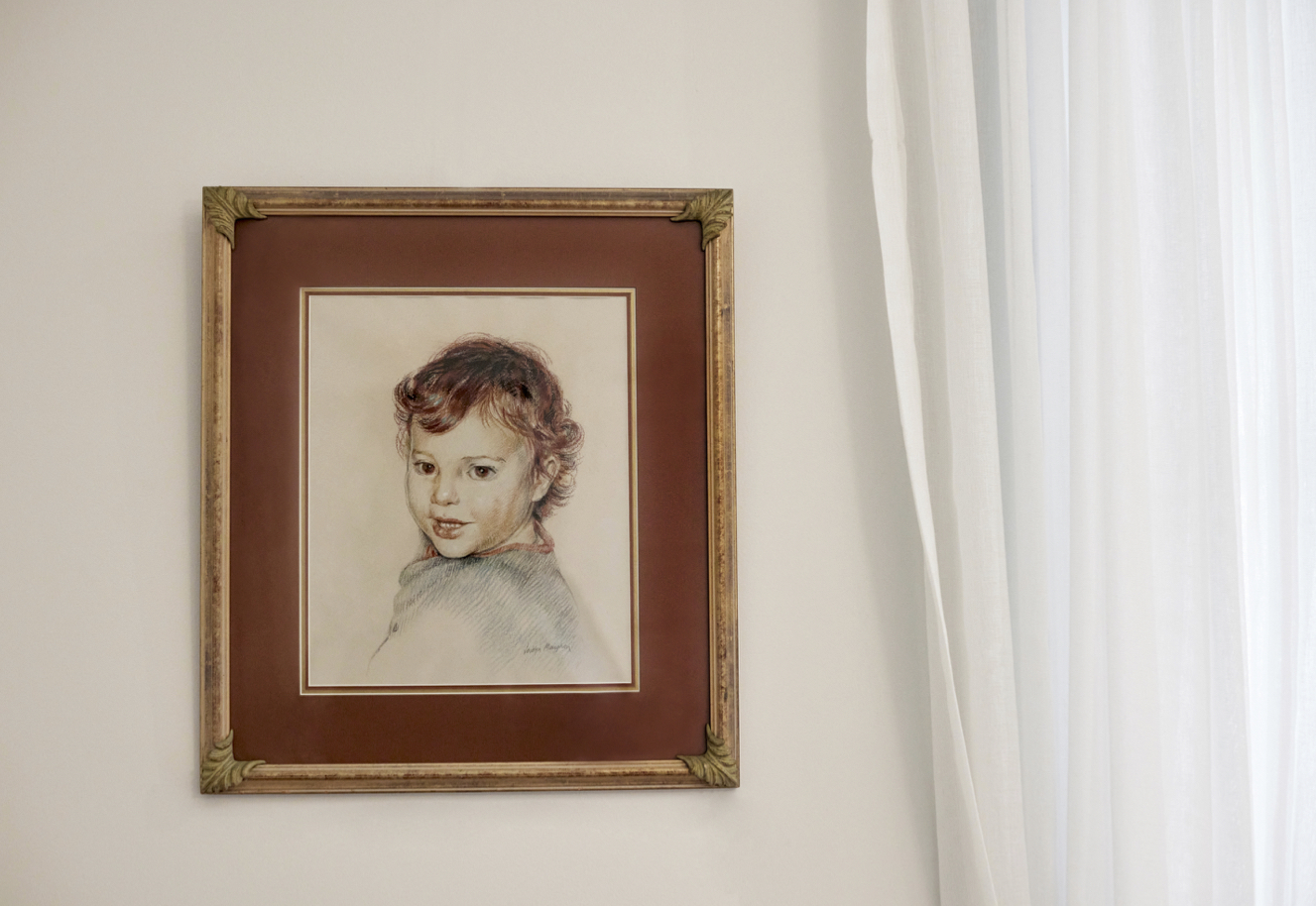

In May, that career switch and years of research came to fruition in the release of a paper that has been described as a “world-first breakthrough” into SIDS.
“I couldn’t believe it. I’d convinced myself it wasn’t going to come to anything, so when the statistician confirmed the result was positive, I burst into tears.”
Looking back, Carmel says it was the attitudes of the medical experts she spoke to in the wake of Damien’s death that compelled her to act.
“It was obvious they had a perception before I arrived that they’d be consoling me,” she says. “Their normal mode of interaction was with crying parents, and they tried really hard to get me into that mode – but I wasn’t there to talk about what a tragedy it was. I had scientific questions. People got angry at me for being so clinical, but I did my crying in private. That was sacred. They wanted me to be a grieving mother, not a scientist. They love to conflate the two, because then they can minimise you.”
People got angry at me for being so clinical, but I did my crying in private.
She began researching in her own time, scouring the autopsy report, studying microfiche at the library and continuing to look for explanations. But it wasn’t until three years after Damien’s death – and another tragic incident – that her obsession crossed over into full-time work.
One day in 1994, Carmel had taken her son Alexander to a music lesson, where she met the teacher’s daughter. “She’d brought her baby girl in to show us, and I noticed Amelia was laying on her tummy,” she remembers. “By that stage we knew that a risk factor was lying prone, and I wanted to say something, but I felt I couldn’t. I didn’t want to bring down the tone, and I told myself nothing would happen.”
The next morning at work, she heard that Amelia had died in the night.
“I walked into my managing partner’s office and said, ‘I’m leaving.’”
—
Over the next seven years Carmel pursued a PhD in arousal responses in infants. “A child, as early as five or six weeks, can lift their head,” she explains. “They have very keen arousal processes when their CO2 starts to rise. They’ll cry out. Now, these [SIDS] infants don’t seem to cry out, they just sink into death. My theory was that there’s something wrong with their arousal process.”
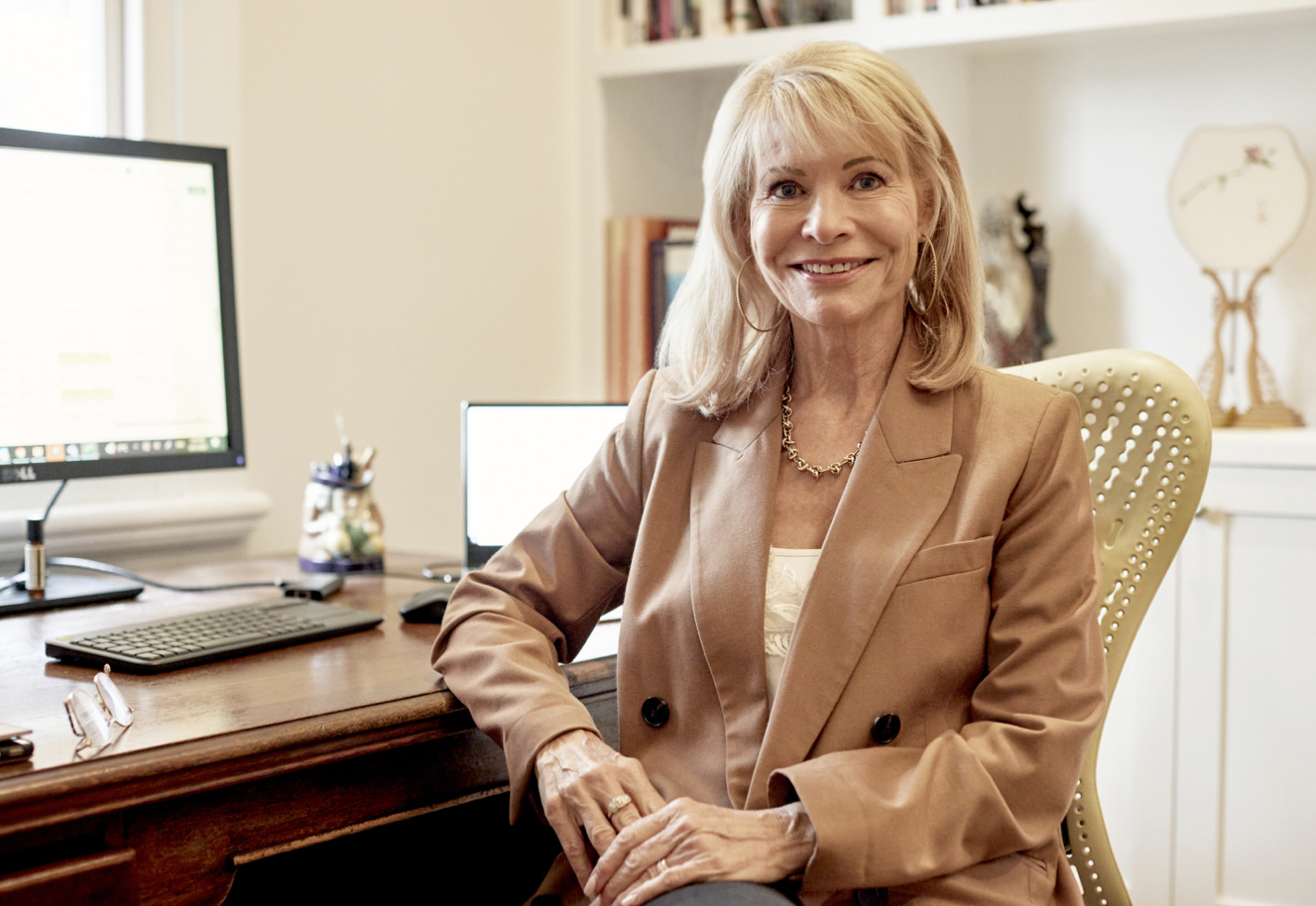

But her work came at considerable personal cost. She and her husband David separated six months after she quit her job as a lawyer. “When a trauma happens you’re broken into a thousand pieces,” says Carmel. “We found ourselves on different pathways”.
As a newly single mother, juggling sleep studies – usually conducted at night – with small children was also no easy feat.
But in 2014, Carmel and her team at Westmead Children’s Hospital began working on a study that would offer parents a glimmer of hope and culminate in global headlines. After analysing blood samples taken shortly after birth, they discovered that an enzyme called BChE was present in significantly lower levels in the babies who died of SIDS.
The study is technical and complex, and so it was perhaps unsurprising that some of the nuances were glossed over when news of the study was released this May. Twitter erupted with emotional proclamations including ‘THEY FOUND THE CAUSE OF SIDS’ and ‘To finally find the reason! What a hero!’ Publications around the world picked up the story, not all of them getting the facts right, leading to The Atlantic running a piece entitled, ‘How a SIDS Study Became a Media Train Wreck’.
“The trouble with social media is they don’t go to the source,” reflects Carmel now. “If they’d read the paper, they’d know I never described it as a cause. I can’t stress that enough: it’s not a cause. It’s a biomarker.
It’s not a cause. It’s a biomarker.
“But that’s not to take away from the fact it is a powerful result. What it tells us is that it appears these infants, who go on to die suddenly and unexpectedly, have some deficit in their system. This is the first study that’s shown any difference at all.”
Her hope is that through further research over the next 3-5 years, it will be possible to develop methods of treatment, and a process of screening babies for an increased likelihood of SIDS. Far from being the answer to it all, this is just a start.
But the criticism didn’t stop there. “I was accused of suggesting we no longer need to use safe sleep practices. All these things were put in my mouth. Safe sleeping is essential. If this research is indicative of an arousal deficit, you’ve got to practise safe sleeping even more so.”
There were also questions about why her study received so much attention for a relatively small finding, loaded with insinuation that she used her own story to gain attention. Carmel shrugs. “The only reason I’m still in SIDS research is for personal reasons – because there’s no funding. A lot of devoted researchers have had to leave the area because there’s no funding.”
A lot of devoted researchers have had to leave the area because there’s no funding.
That’s no exaggeration. To see this study through, she had to resort to crowdfunding, though why there’s a lack of investment in SIDS research is baffling to any parent on the planet. Carmel’s opinion: “Because there’s a belief that we’ve cured it. That as long as you’re on top of your risk factors – that you don’t sleep the baby face down, you don’t smoke – you’ll be fine.”
And it’s true that SIDS rates are down, with ABS figures revealing that 110 babies died from SIDS in 2020, compared to 474 in 1989. However, that statistical improvement means little to the parents of babies who have died – especially those who followed safe sleeping practices to the letter.
“We know that 50 per cent of babies have one or more risk factors,” says Carmel. “But 50 per cent have no risk factors, whatsoever. Damien didn’t have any risk factors.”
Ultimately, Carmel remains unfazed by criticism of her work. “One of the things that changed after Damien was that I stopped caring what people thought. I used to be easily embarrassed. Not anymore. I’m happy to make a pest of myself. I can get angry when I need to. I’ve had to be really quite bolshy at times.”
One of the things that changed after Damien was that I stopped caring what people thought.
And, of course, the response from families who’ve been through the same thing spurs her on. “I’ve had hundreds of messages from women who felt guilty. One wrote and said, ‘This is the first time in 40 years that I’ve been able to sleep easy, because now I know I didn’t kill my baby.’ It’s heartbreaking. I cried for days, reading the messages.”
What happened to Damien changed the course of Carmel’s life completely. It’s also likely it had an impact on his brother and sister, who are now in their thirties and both work in intensive care. Alexander has two young kids. “I look after Ruby, who’s three, once a week. And the baby – whose name is Raffael Damien, which is lovely – is seven weeks old. It’s beautiful having little ones around again,” she pauses. “They are very much monitored children.”
Carmel remarried in 2008, and lives happily near the beach with her husband Steven. She gets along well with David, her ex-husband. When we meet, she’s just come back from a conference in Montpelier, where she was reporting her findings to The International Society for the Study and Prevention of Perinatal and Infant Death.
She hasn’t stopped grieving, but it’s evolved over the years. “It’s visceral now. It’s part of my body. I can still come undone, but mostly when we talk about Damien, it’s in a joyous way. One of the things about the research is it’s enabled me to make him a part of my life.”
Her determination to find answers hasn’t waned, even after three decades of hard work. “There’s so much more to do. It’s overwhelming. But I had to walk with my child’s coffin,” says Carmel, her voice cracking. “If I can do that, I can do anything.”




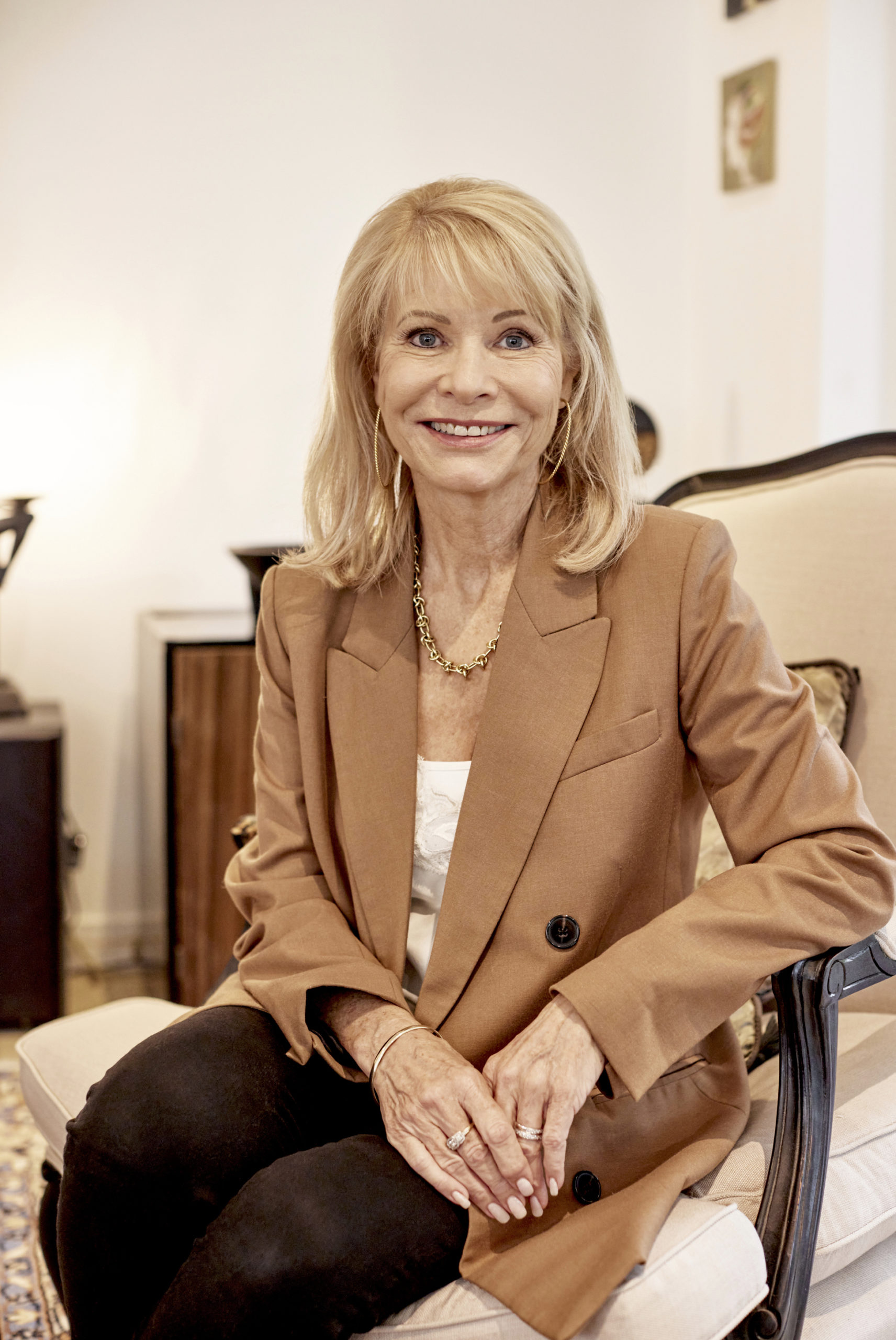
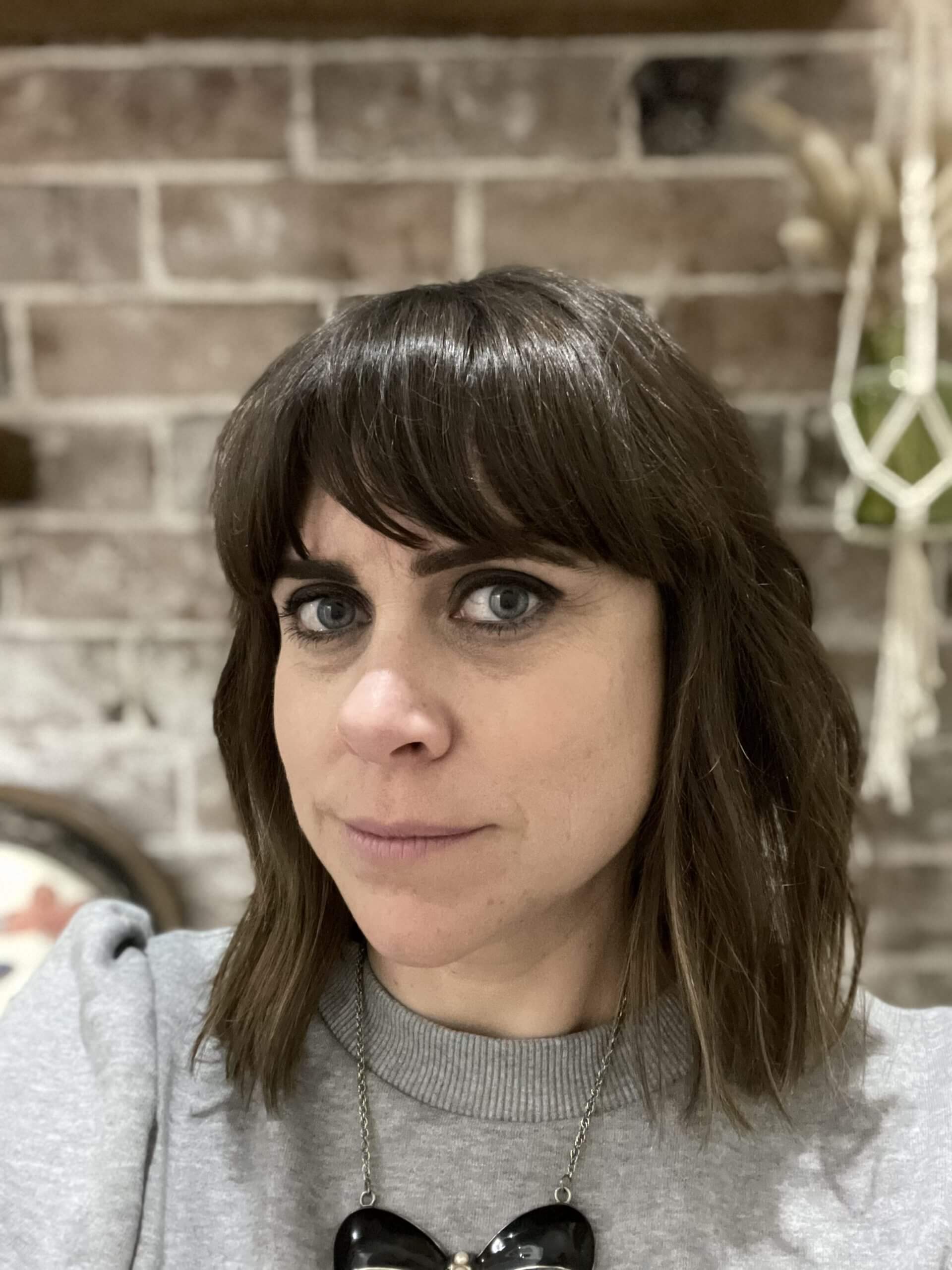

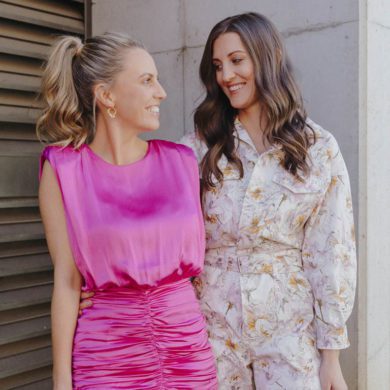
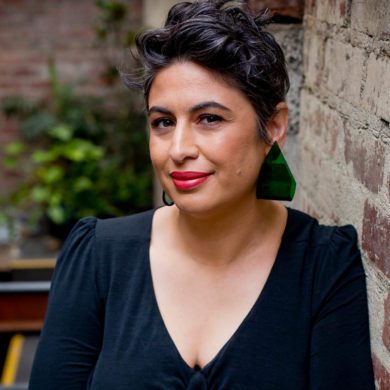

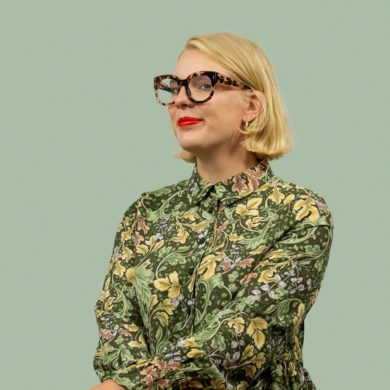

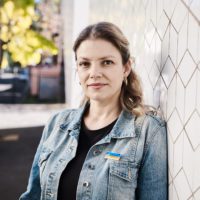
No Comments